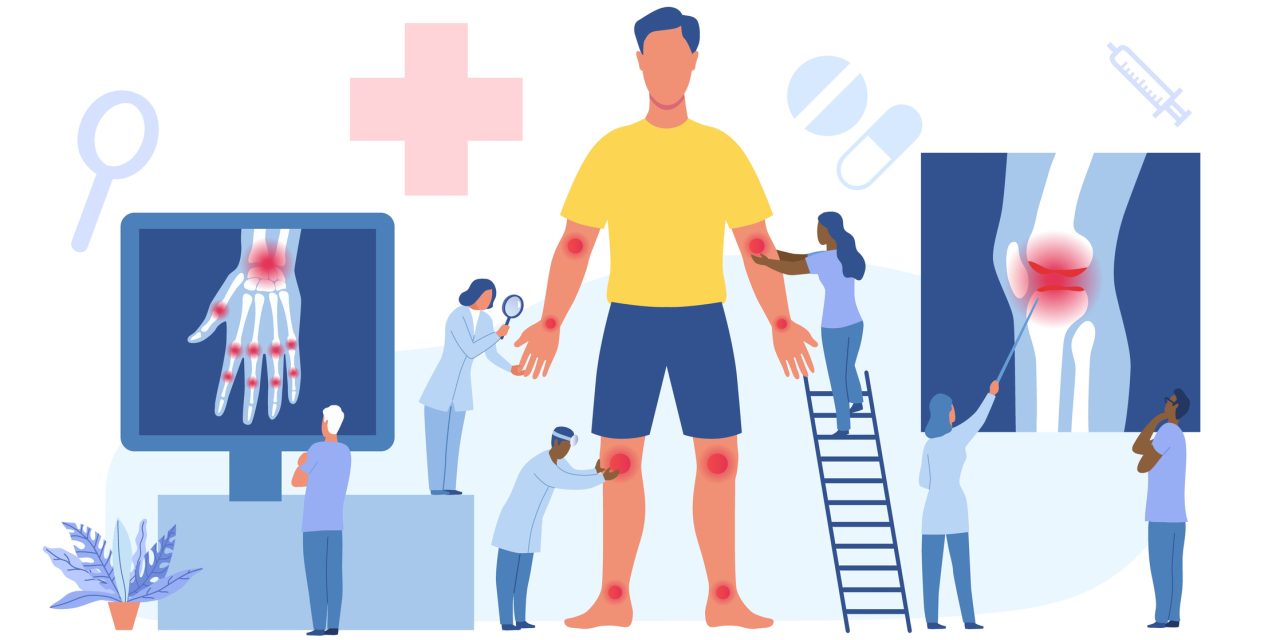A bacterial cause of disc degeneration has evoked several controversies and, if true, would lead to a major shift in treatment paradigm. Earlier studies analyzing the relationship of bacterial disc infection within a degenerative cohort featured prolonged cultures susceptible to contamination. The DISC trial aims to investigate this theory further by examining infection rates using a non-degenerative control cohort in comparison to a degenerative internal control cohort and a sham cohort (sampling only sterile paraspinal tissue). To our knowledge, the current study is the largest evaluating the growth of organisms (or possible contamination rate) in paraspinal tissue if prolonged cultures are performed. Protocols on methodology have been previously published.
(1) To investigate the infection rates across cohorts (degenerative vs non-degenerative control; paraspinal/disc controls vs combined sampling cohorts) using stringent standardized aseptic surgical technique and laboratory processing. (2) To compare our findings to that of the literature and make a statement in support/against a possible contamination theory to positive cultures.
Multi-center, multi-surgeon case-control trial.
In all, 812 surgical samples were retrieved across a 3.5-year period (2013-2016) including 25 trauma controls (non-degenerative), 550 ‘disc and paraspinal’ samples (degenerative cases with internal control),190 disc-only samples (degenerative cases without internal control), and 46 paraspinal only controls (sham group).
Growth/Contamination rate (%) per cohort. Chi square of growth in disc vs paraspinal samples as a means of examining the distribution of false positive and contaminant growth. The impact of previous injections/surgery on positive disc or paraspinal growth. Correlation of Modic changes with positive growth rates analyzed with the Kruskal Wallis Test. The distribution of species in positive samples were also analyzed.
The DISC trial is registered under ANZ clinical trials registry – ACTRN12616000541404. Institutional ethics review was obtained (HREC northern sector 13/218) at the primary center and further centers (n=6) were recruited. Patients undergoing spinal surgery with discectomy were eligible for trial entry with tissue specimens obtained using strict aseptic technique for microbiological examination. All specimens were handled with sterile instruments only and by a fresh instrument to a sterile pot that was closed immediately. Separate pots were used for the disc and paraspinal tissue respectively with similar stringent processing during microbiological assessment. A cohort of the degenerative cases at one single institution also underwent an additional histopathological examination.
There was an expected significant difference in gender and age associated with the non-degenerative control group (due to trauma patients) compared to other cohorts. There was a higher percentage of positive-growth in the control group in comparison to the disc and paraspinal and disc only groups across positive disc growth (48% vs 27% vs 17%, p<0.001). A similar infection rate was observed in the paraspinal samples across the equivalent controls (44% vs 36% vs 37%, p=0.739). There was a significant difference in the proportions of positive growth with a large proportion of false positives (growth in both disc and paraspinal samples (p<0.001). There was no difference in true positive growth between the case and control groups (16.0 vs 7.7%, p=0.112). These trends were preserved across all cohorts and when stratifying by spinal segment (cervical or lumbar). There was no correlation between Modic changes and positive disc culture growth (p=0.398, n=144 samples). Cutibacterium (formerly Propionibacterium) Acnes was the most dominant pathogen isolated, representing between 50-70% of positive disc and paraspinal specimens, followed by staphylococcal species.
Our study failed to find a difference in true infection rates between the non-degenerative and degenerative disc populations. These findings are suggestive of a contamination theory and against a common infective etiology in the setting of discogenic back and neck pain. We believe the rationale for antibiotic therapy in the management of discogenic back pain warrants further evidence to establish efficacy.
Copyright © 2020 Elsevier Ltd. All rights reserved.
Degenerate-disc Infection Study with Contaminant Control (DISC): A multi-centre prospective case-control trial.


